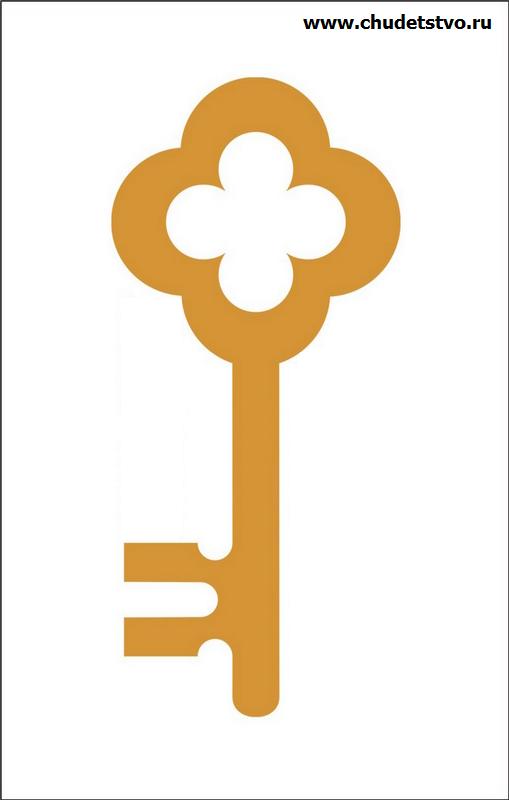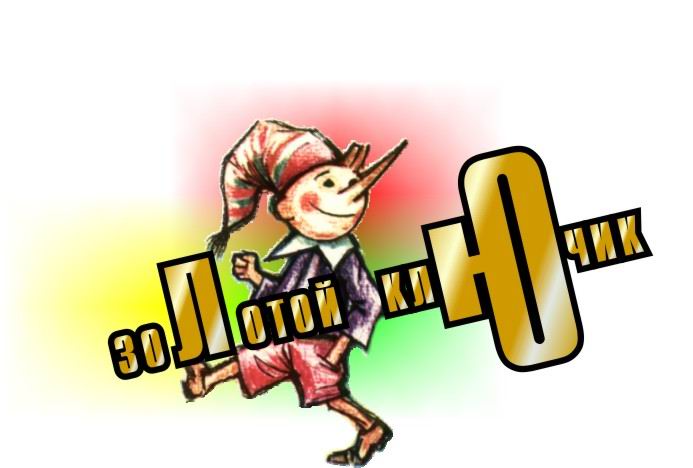|
A little golden key as a symbol |
||||||||
|
As it already marked, in a fairy tale about Pinokkio there is no key metaphor and the most significant symbol � a golden key. So where did our writer take an image of "a little gold key"? Whether from household word usage, whether from a nontechnical metaphor? Or from the most widespread metaphor of art of symbolism � the object of satire of mature
Tolstoy? Probably, but all the same it is doubtful.The probability of loan from "Alice"by Lewis Carroll sharply raises because of coherence, correlation of coincidence. It is necessary to make the assumption: Tolstoy simply placed on Caroll`s curtain the image which was made in Kollodi`s fairy tale directly on a wall. Such carrying over is especially proved that it could be carried out without breaking genre borders: despite dissimilarities of "Pinokkio" and "Alice"they are nevertheless works of one genre. Both works are literary fairy tales and for the third fairy tale of "the third Tolstoy" it was easy and natural to join their genre number. Time account in a fairy tale is very exact: the writer never forgot to note the change of days by a dream and awakening of heroes, evening and morning dawns, moonrises and sunrises. The quantity of adventures for days decreases and time is stretched, goes more slowly; the quantity of episodes grows - and time goes faster, is compressed; the last two days most of all fantastic events happen(two third of a fairy tale) But in the penultimate chapter of a fairy tale, there, where heroes (and the author) are grasped by the found happiness to self-oblivion, time starts to "flicker", loses expressiveness, blurs, and it is impossible to understand day or three day separate this chapter from the final. The paradoxical image in Tolstoy's own fairy tale "The little gold key" better looks through Italy, than in the processing of a fairy tale of Kollodi`s "The adventures of Pinokkio". No Russian realities, like Parsley or the policeman, are present. The writer "russified" the Italian fairy tale .
The world of "The little gold key" is fantastic but any fantastic world has "reality", the measure of convention, the "natural laws" in the limits of this world perceives itself as original, outside of them - as invented, unreal. Laws of "The little gold key" suppose giving human lines to animals but it`s not magic: "About ghosts is, of course, nonsense". Magic transformations (there are a lot of in Kollodi`s book) are deduced from "The little gold key" - they are excessively fantastic for the world of this fairy tale, are incompatible with its common sense. |

